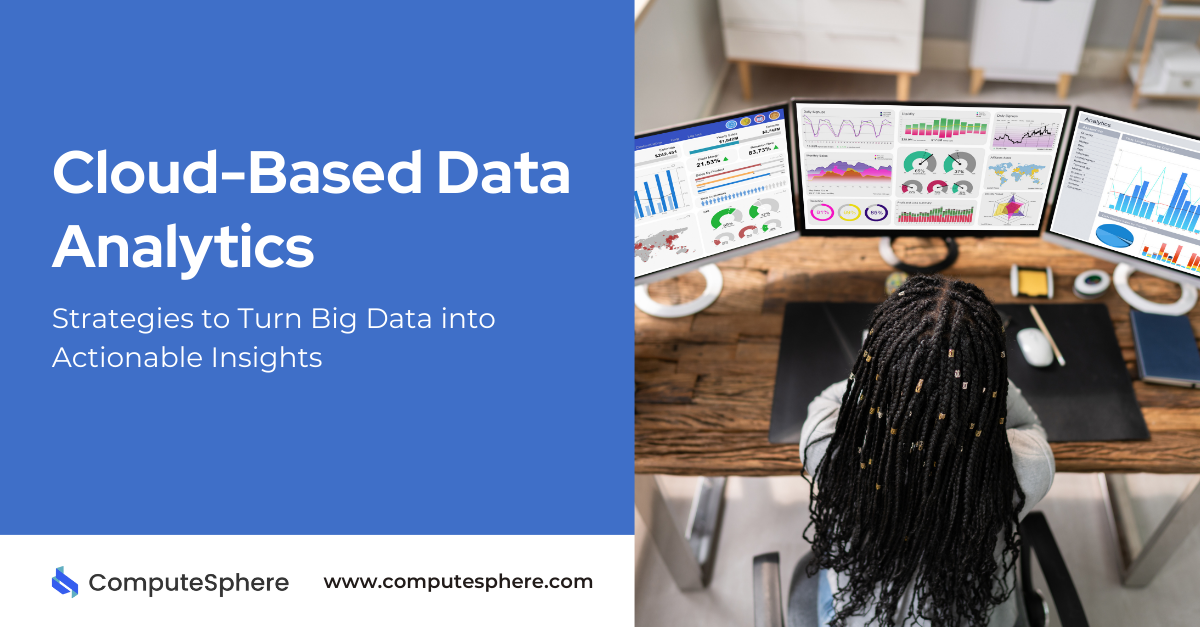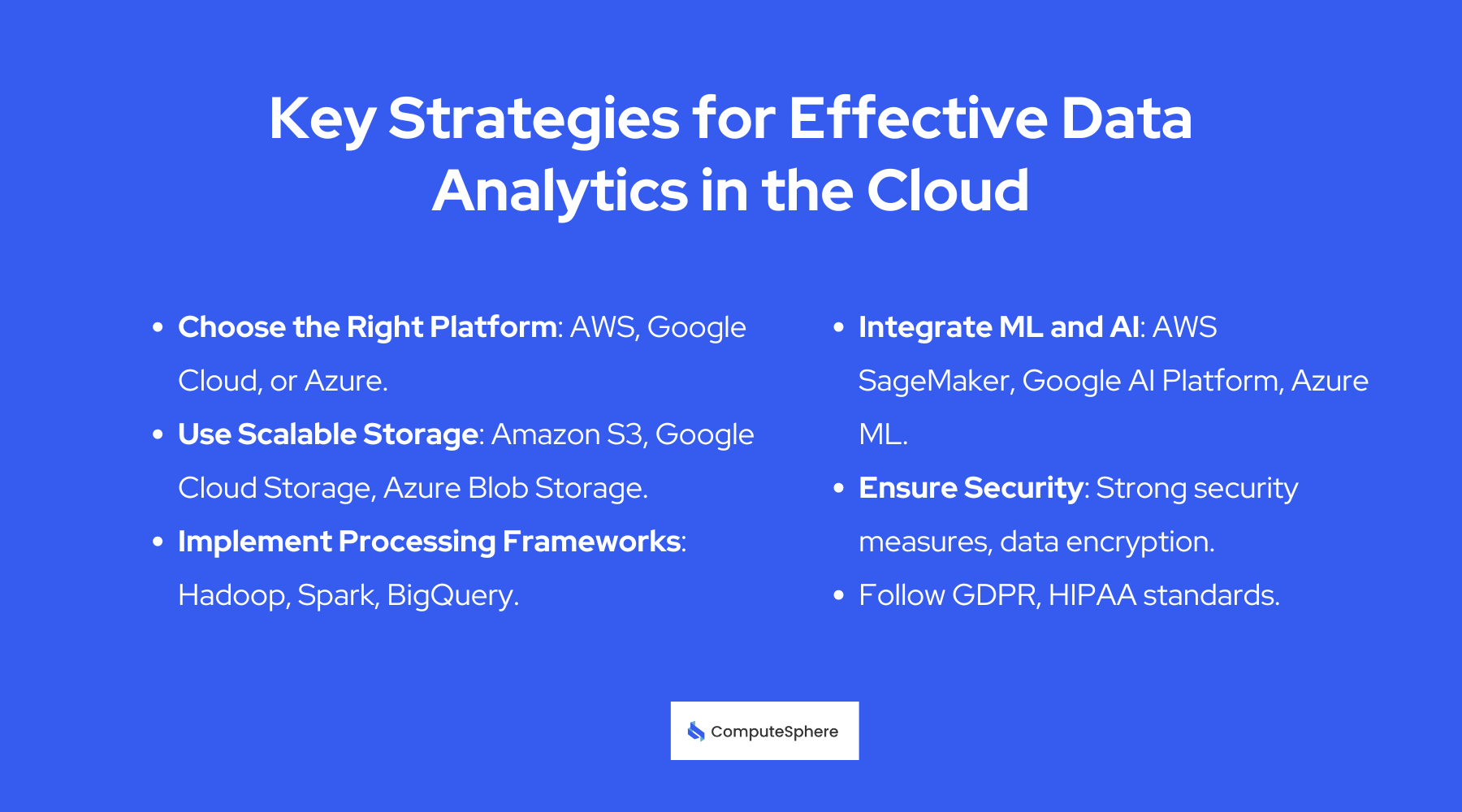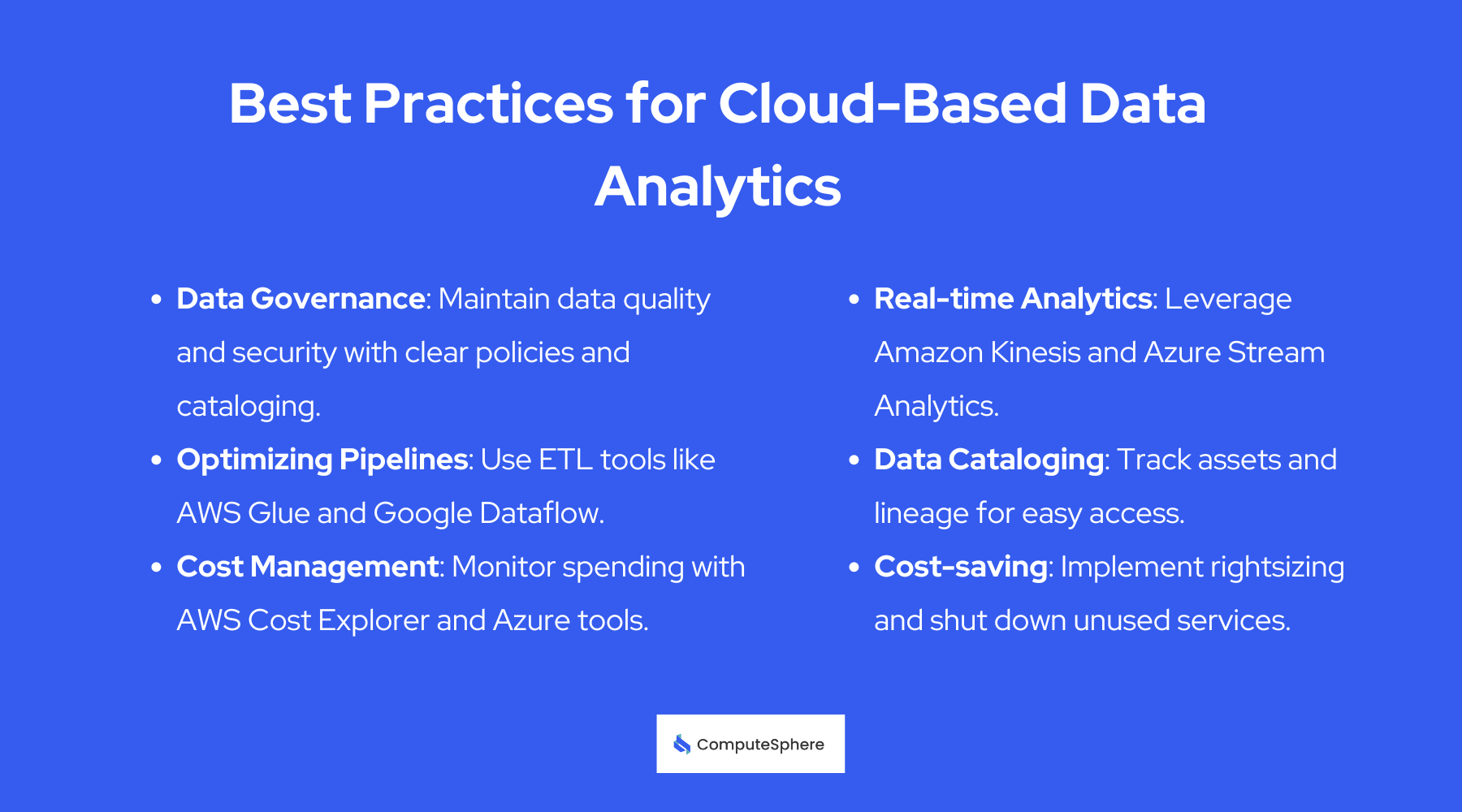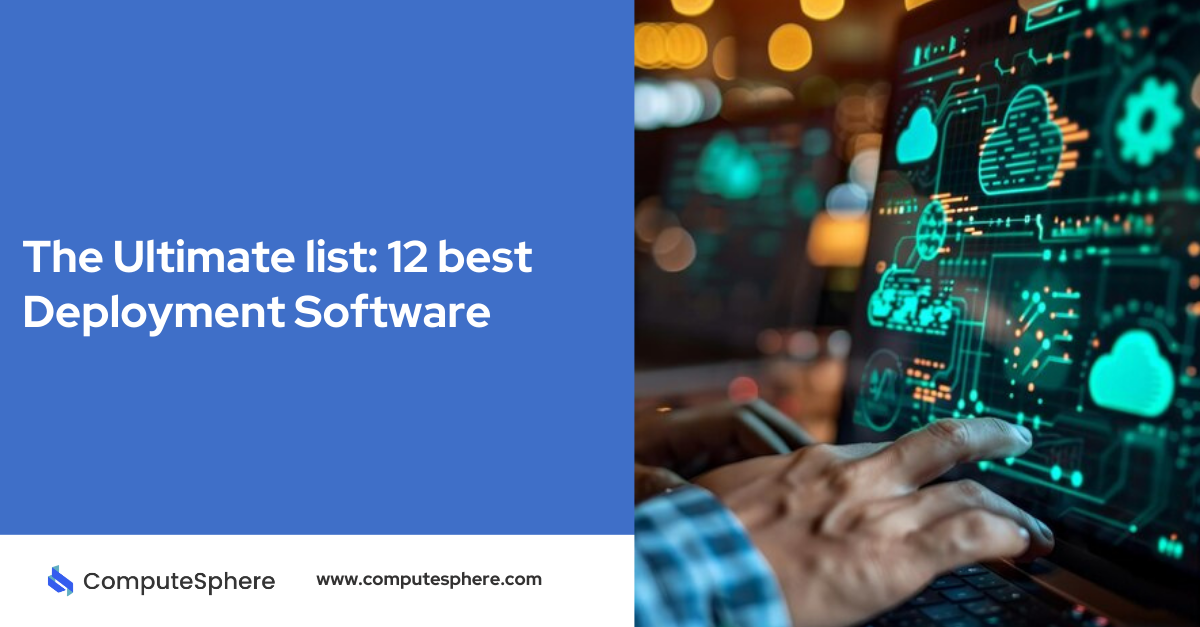Data Analytics in Cloud Computing: Strategies for Harnessing Big Data

The exponential growth of data in the digital age presents a significant challenge for organizations. The high volume, and variety of information, often referred to as "big data," brings a major shift in data management and analysis practices. Fortunately, cloud computing turns up as a transformative aspect, providing a powerful and scalable platform for employing the potential of big data.
This article includes the strategic integration of big data analytics with cloud computing, with a formal examination of the key techniques that empower organizations to effectively manage and analyze their ever-expanding data sets.
Understanding Data Analytics and Cloud Computing
Data analytics involves examining data sets to uncover patterns, shifts, and insights. No wonder, it's an important part of decision-making processes. Cloud computing, on the other hand, provides the infrastructure, storage, and processing power necessary to handle large-scale data analytics. Combining these two, you can scale your operations, reduce costs, and access real-time data processing.
Cloud computing provides several benefits for data analytics. Scalability allows businesses to handle growing data volumes without investing in expensive hardware. Cost efficiency ensures that you pay only for the resources you use. Real-time processing capabilities enable swift decision-making, and accessibility means your data and analytics tools are available anytime, anywhere.
Key Strategies for Effective Data Analytics in the Cloud

Adopting the Right Cloud Platform
Choosing the right cloud platform is the first step. Major providers like AWS, Google Cloud, and Microsoft Azure offer powerful services customized for data analytics. When selecting a platform, consider factors like performance, cost, and the range of services offered. AWS, for example, is known for its comprehensive suite of data analytics tools, while Google Cloud in machine learning capabilities.
Use Scalable Storage Solutions
Big data requires scalable storage solutions. Amazon S3, Google Cloud Storage, and Azure Blob Storage provide the flexibility to store vast amounts of data. These solutions allow you to scale up or down based on your needs, ensuring you never run out of storage space.
Implementing Data Processing Frameworks
Data processing frameworks like Apache Hadoop and Apache Spark are essential for managing big data. Hadoop's distributed storage and processing abilities make it ideal for large data sets, while Spark's in-memory processing increases performance for real-time analytics. Google BigQuery is another powerful tool for querying massive data sets quickly and efficiently.
Using Machine Learning and AI
Integrating machine learning (ML) and artificial intelligence (AI) improves data analytics. Cloud-based AI services like AWS SageMaker, Google AI Platform, and Azure Machine Learning are tools to build, train, and deploy ML models. These services help you gain deeper insights and make predictions based on your data.
Ensuring Data Security and Compliance
Data security and compliance are more important when dealing with big data. Implement strong authentication and authorization mechanisms to protect your data. Encrypt data both at rest and in transit. Adhere to compliance standards like GDPR and HIPAA to avoid legal issues and build trust with your customers.
Best Practices for Cloud-Based Data Analytics

Data Governance
Effective data governance ensures the quality, security, and privacy of your data. Establish clear policies and procedures for data management. Implement data cataloging to keep track of your data assets and their lineage. This practice helps maintain data integrity and facilitates easier access and analysis.
Optimizing Data Pipelines
Design efficient ETL (Extract, Transform, Load) processes to handle data ingestion and transformation. Tools like AWS Glue, Google Dataflow, and Azure Data Factory streamline these processes. Optimized data pipelines ensure that your data is clean, organized, and ready for analysis.
Cost Management
Managing costs is crucial in cloud computing. Monitor and optimize your cloud spending with tools like AWS Cost Explorer, Google Cloud's cost management tools, and Azure Cost Management. Implement cost-saving strategies such as rightsizing resources, using reserved instances, and shutting down unused services.
Real-time Data Analytics
Real-time data analytics provides a competitive edge. Tools like Amazon Kinesis, Google Cloud Dataflow, and Azure Stream Analytics enable you to process and analyze data as it arrives. Real-time analytics helps you make swift decisions and improves your business agility.
Conclusion
Cloud computing has transformed data analytics, making it easier and more cost-effective to handle big data. By adopting the right cloud platform, using scalable storage solutions, implementing data processing frameworks, using machine learning, and ensuring data security, you can better harness the full potential of big data. Following best practices in data governance, optimizing data pipelines, managing costs, and embracing real-time analytics will further improve your data strategy.
The future of data analytics lies in the cloud, with coming trends in AI and ML driving deeper data and more precise predictions. Wrapping up, it is equally important to stay updated with the latest tools and strategies in cloud-based data analytics will be crucial for sustained success.
Contents
Built for Builders. Priced for Startups.
Tired of unpredictable cloud bills? ComputeSphere offers modular, fixed-cost cloud hosting that grows with your startup—no DevOps headaches, no surprises.
Get StartedShare this article
Browse Some Related Blogs
Relevant and related contents you can read









